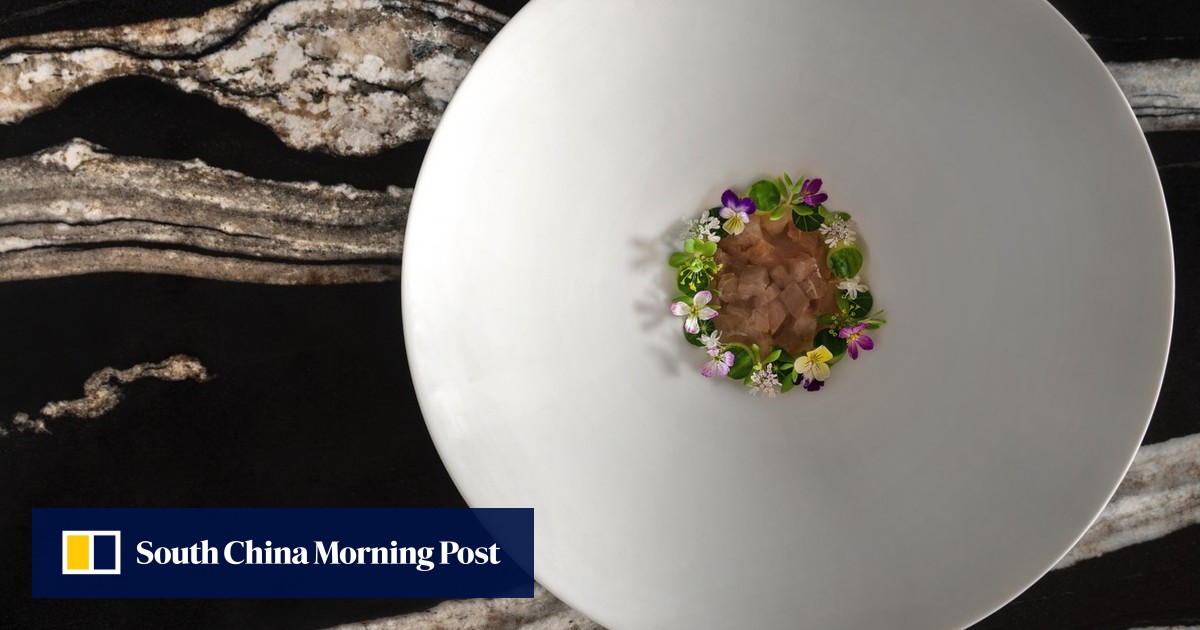Nōksu, which is slated to open on 21 September, 2023, is on what counts as the mezzanine level of the station.
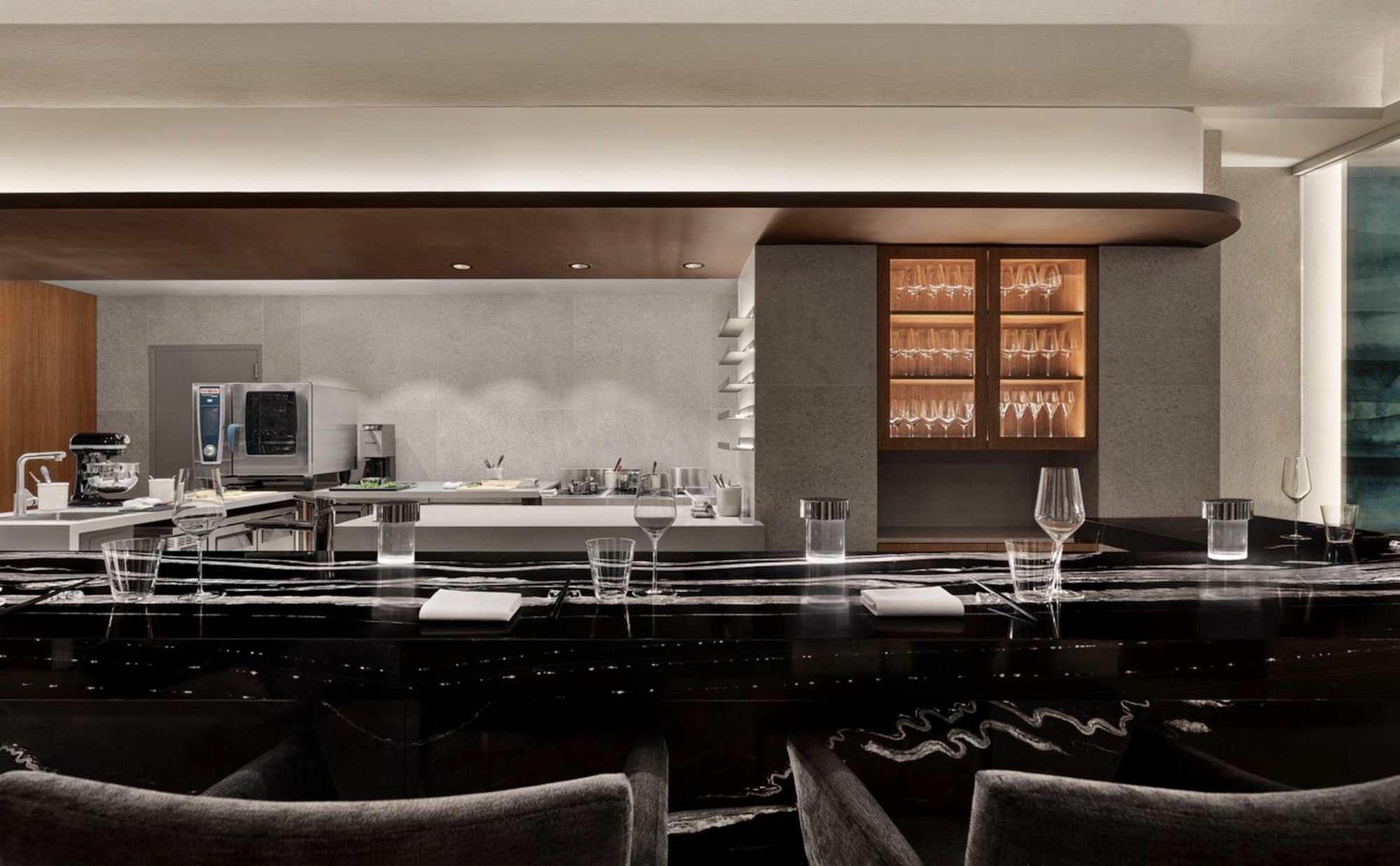
The space has been transformed into a bright dining room with a minimalist kitchen that could double as a lab, and walls decorated in black, white and grey. Claire Kim Soojin’s design of the space was inspired by Korean monochrome ink-and-wash paintings.
A long, 12-seat black granite counter anchors the room. Behind the counter is chef Dae Kim, who has the look of a BTS band member and a résumé that includes stints at the three-Michelin-star Per Se and at the modern Chinese hideaway Silver Apricot – both in New York.
Korean fried chicken isn’t Korean, most Koreans say. World disagrees
Korean fried chicken isn’t Korean, most Koreans say. World disagrees
The explosion of the Korean dining scene around the city is arguably the city’s most exciting food news of the past few years.
At Naro, which opened last autumn as part of the Rockefeller Centre rock star restaurant line-up, Junghyun and Ellia Park offer an eight-course, US$165 menu centred on the food of their homeland.
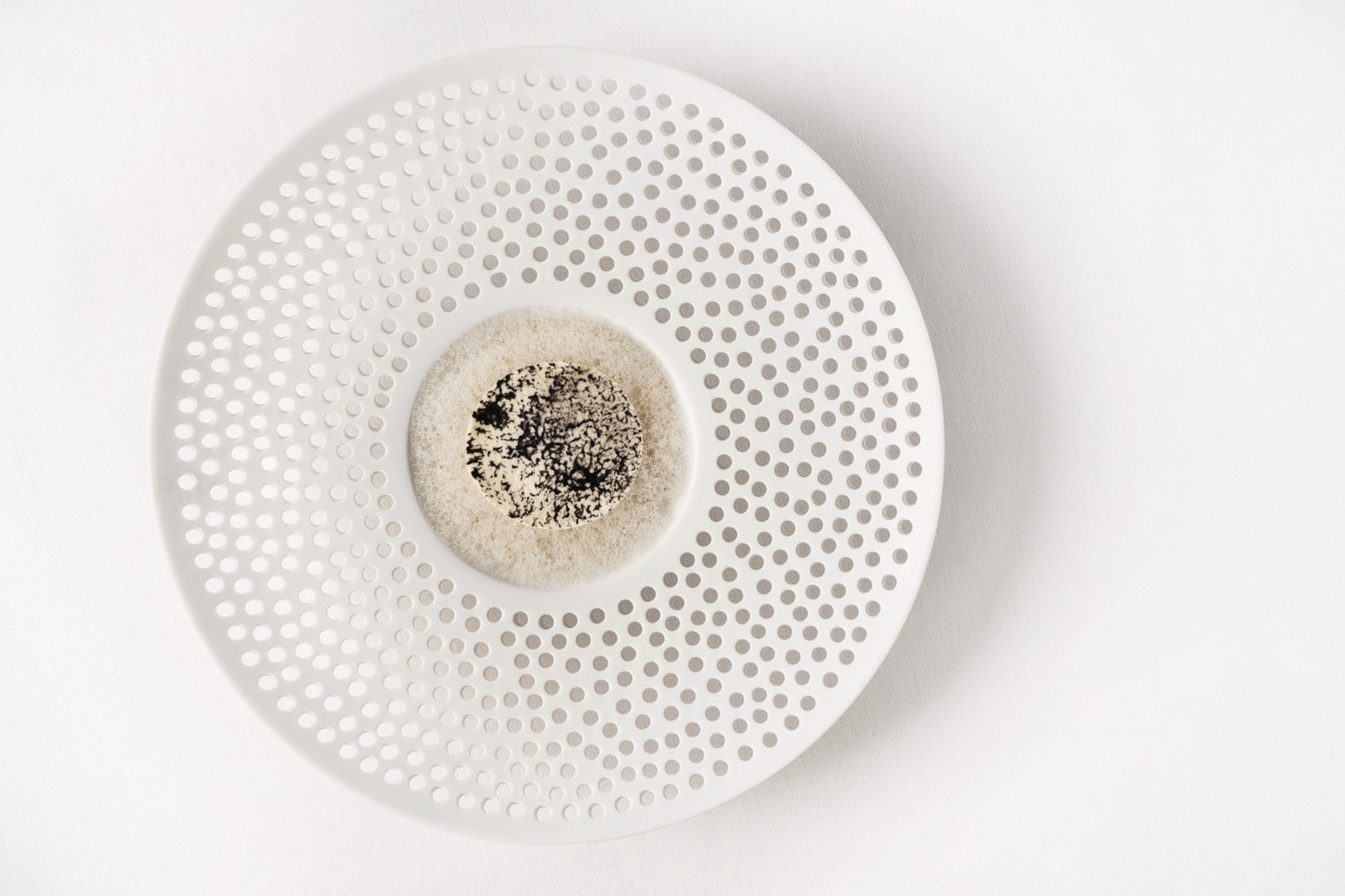
We got a preview of Kim’s restaurant and a chance to sample some of the 15-course menu that will start at US$225, not including tax and tip.
I had dreamed of arriving at Nōksu via the subway entrance, but the black iron gate was still locked when I went to check it out. So I went a more conventional way: the restaurant is based on the lower level of the Martinique New York hotel on Broadway, part of Curio Collection by Hilton.
Walking across the hotel lobby and down a staircase will also get you to the restaurant.
Chinese cabbage – one of the most recognisable vegetables in Asian cooking
Chinese cabbage – one of the most recognisable vegetables in Asian cooking
The chef’s obsession with flowers also results in a dish he serves near the beginning of the meal, of Japanese horsehair crab in a tartlet that looks like a flower.
Kim was born outside Seoul, but started his culinary career in the US, learning from cookbooks. His dishes are notably stunning, even at a moment when it is impossible to find a chef who is not paying attention to how their dish looks.
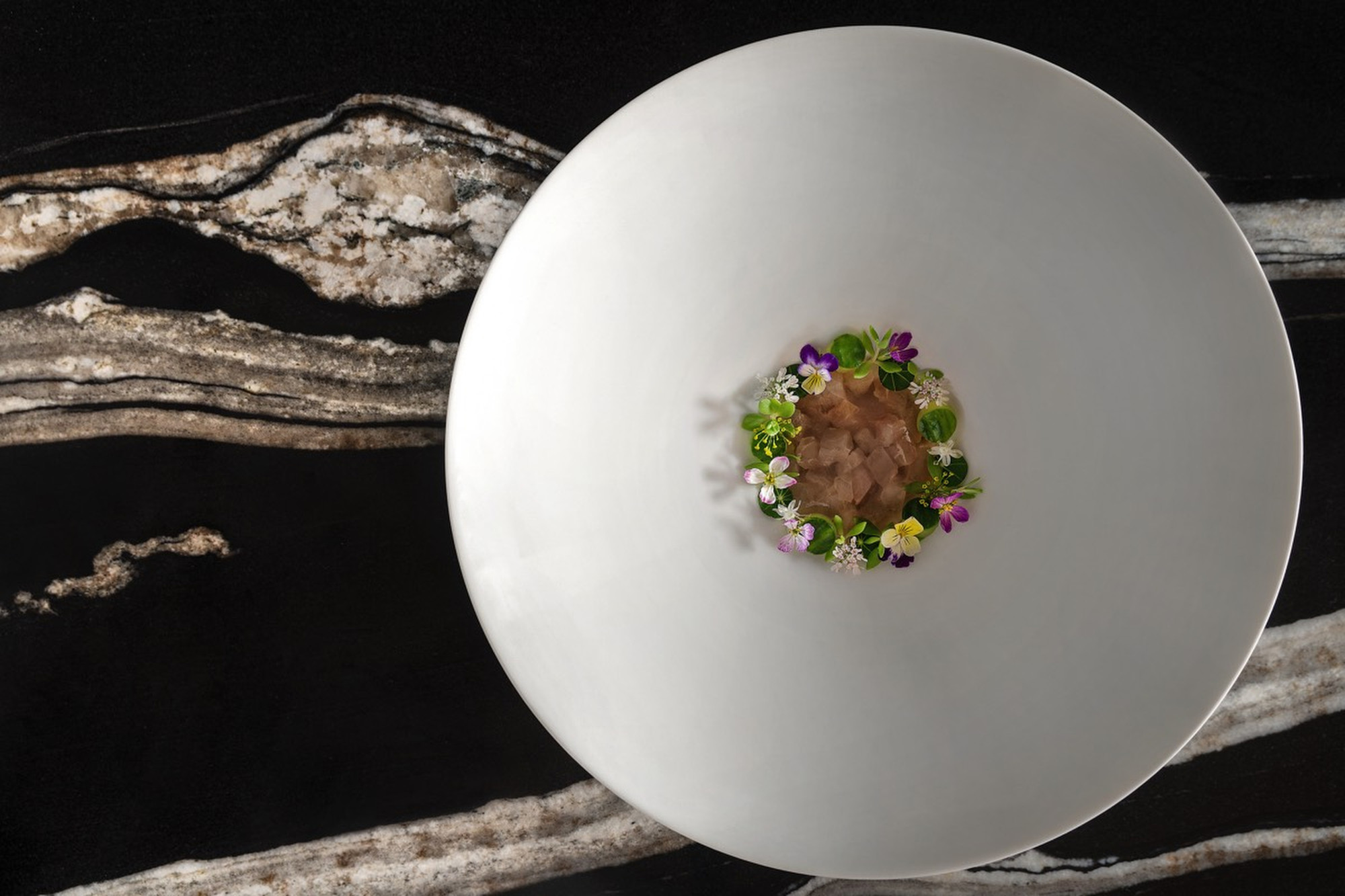
He buys every tiny edible flower he can get his hands on, and he and his three-person kitchen crew spend hours prepping ingredients for whimsical presentations: a dish of amadai (tilefish) fillet to look like a fish diving into the water, for instance.
The prep work belies the fact that Kim is cooking without gas – because of its location, the kitchen cooks on induction burners and with a combi-oven, and has several raw preparations.
In a later dish, Kim spotlights slices of mackerel, Korea’s favourite fish, served warm with nutty celtuce and a sweet, sake-spiked carrot sauce. And he has a hand roll of venison, in a nod to the meat-heavy Korean diet, packed with herbs and accompanied by beet gochujang, the intense, all-purpose Korean sauce.
For dessert, he offers a frozen flan delicately flavoured with honey and dill pollen and topped with a sorbet made with chamoe, the Korean melon.
Weary of Wagyu? How about Hanwoo? All about the Korean luxury beef
Weary of Wagyu? How about Hanwoo? All about the Korean luxury beef
The wine programme features bottles from cool climates like Germany, Austria and California’s North Coast, to balance the subtle flavours of the menu; a pairing will go for US$175.
Diners will need a keypad code to get into the restaurant via the subway entryway, says Joseph Ko, a co-owner of Nōksu with Bobby Kwak, who also has the popular bi-level Baekjeong Korean BBQ spot nearby.
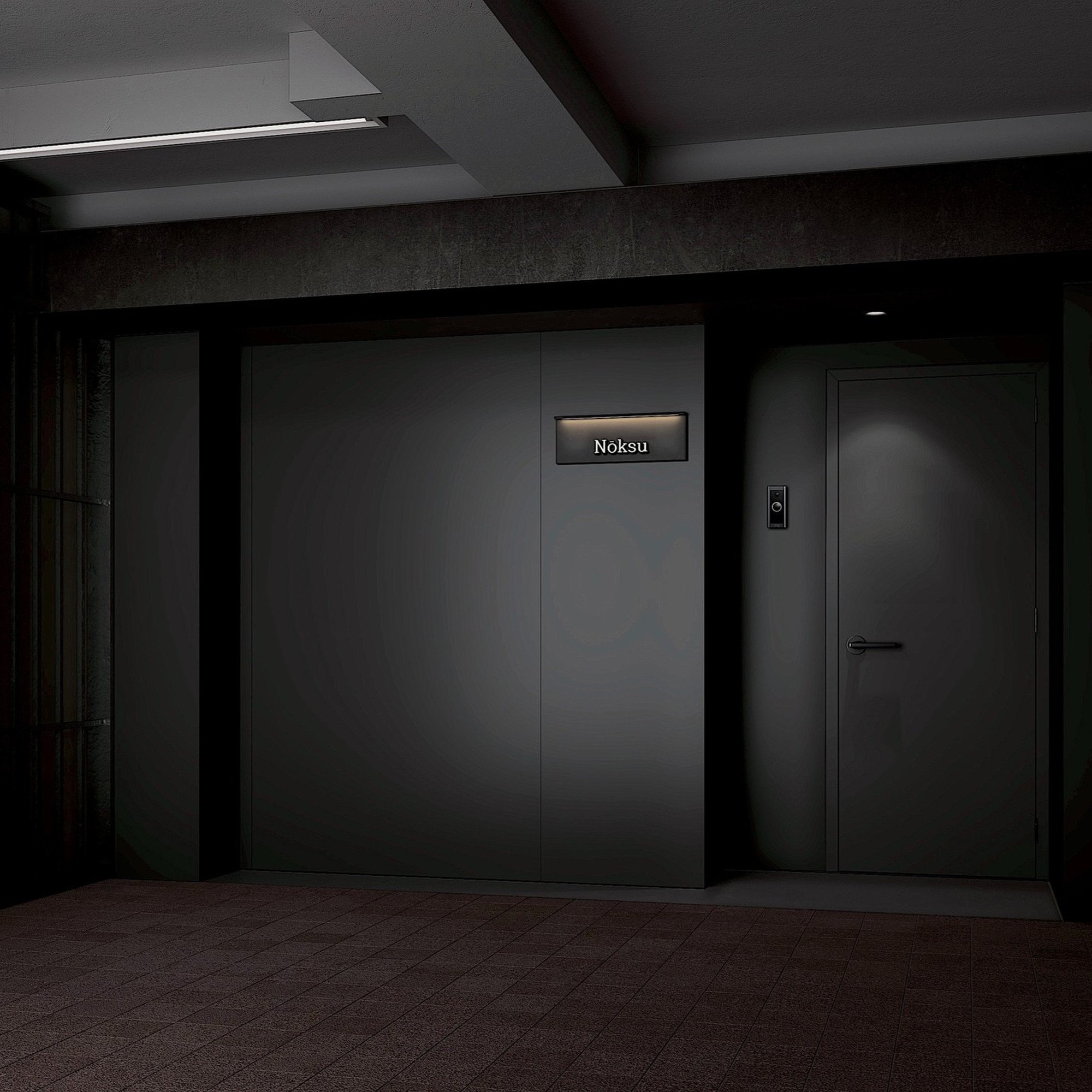
They are well aware that the station entrance will also be accessible to people in the subway who are not necessarily looking to sit down and pay for fine dining. They are outfitting the entrance with security cameras, and a Ring doorbell system to see the guests at the door, and considering a security guard.
Even with the keypad interruption, it is an entrance that is guaranteed to delight diners looking for gimmicks to go with their meal, when the black gates are finally rolled up.

